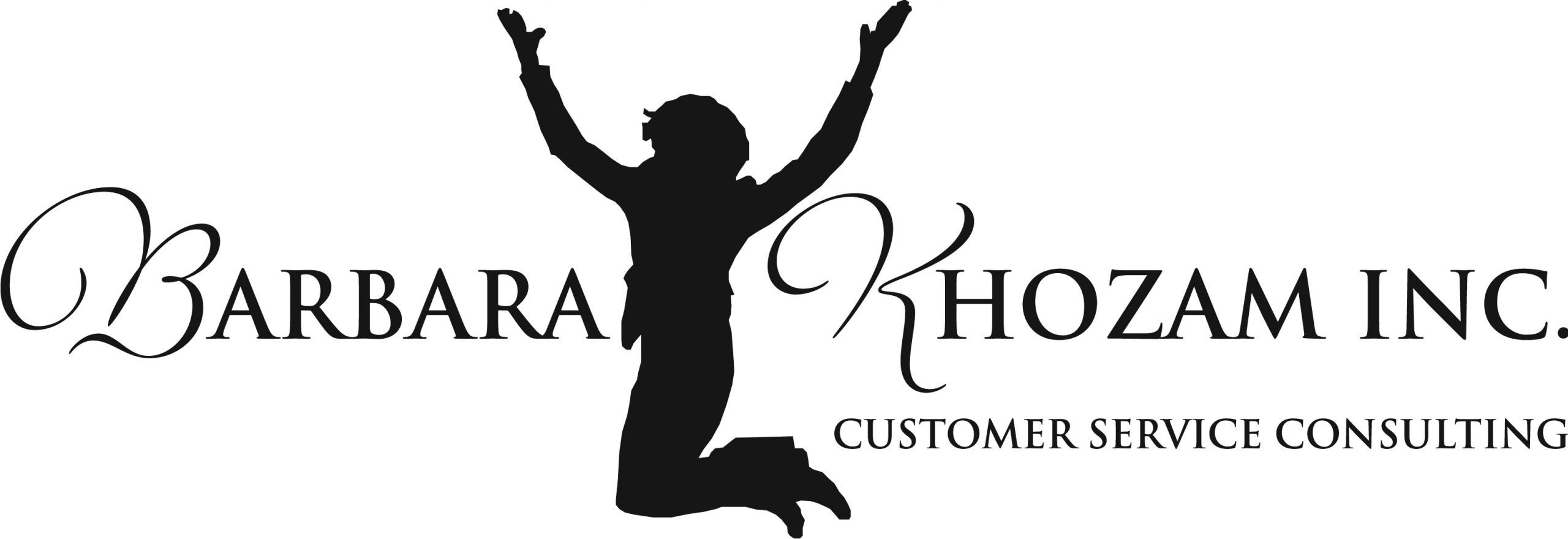Communicating with people is not a difficult task. However, ensuring that people understand exactly what you’re communicating can be problematic. And miscommunication can cost your business a lot of time and money. Have you ever asked someone to do x, y, and z, only to get a, b, and c? Ever wonder why this happens? Filters. How each one of us hears and processes information is done through our own personal filters. These filters include our experiences, prejudices, likes, dislikes, and knowledge. And these variables, well, vary from person to person.
While it’s nearly impossible not to miscommunicate with others, there are techniques that we can use to ensure we do it less often. In my video, How to Simplify Communication, I’ll discuss three tips for making sure we’re being understood. But first, we need to make sure that we are always clear about what we want to communicate. And the simpler the communication is, the higher the understanding by others.
Strategies that Turn It Around!
- How to communicate. How you communicate will depend on how complicated your message is. If you are communicating straightforward facts, then a simple email or text will suffice. If, however, you are communicating a complicated message, then a more direct form of contact like over the telephone or face-to-face communication is best.
- Verify. When you communicate a complex message, it’s always strategic to verify your communication. This is easy when you communicate via email because you can simply ask recipients to email you with a reply. However, when communicating face-to-face or by telephone, getting verification is a little difficult. “Did I make myself clear?” “Did you understand what I said?” These types of yes or no questions don’t really tell you whether or not you were understood. So, instead try the following: “Can you repeat it back to me so I know I said it right.” “Send me a quick email with the steps you’ll take regarding what we talked about.”
- Follow up. After you have ensured that you know what you want to communicate, how you will communicate it, and have verified that your recipients have understood you correctly; the next step is to follow up. If you have deadlines, follow up before the deadline to make sure everything is running on track. If you are supposed to provide additional information, make sure you follow up with that information so you don’t stall the work of others.
Remember: We all use personal filters when we hear and process information. While you and I can hear or read the same message, we’ll interpret its meaning in very different ways, especially if what is being communicated is complicated. Therefore, the simpler the communication, the more it will be understood by more recipients.
Have you ever communicated one thing and your audience understood it in a completely different way? How have you simplified your communication so more people understand what you are communicating? Please share your experiences in the Comments section below. I look forward to engaging with you and your comments.
